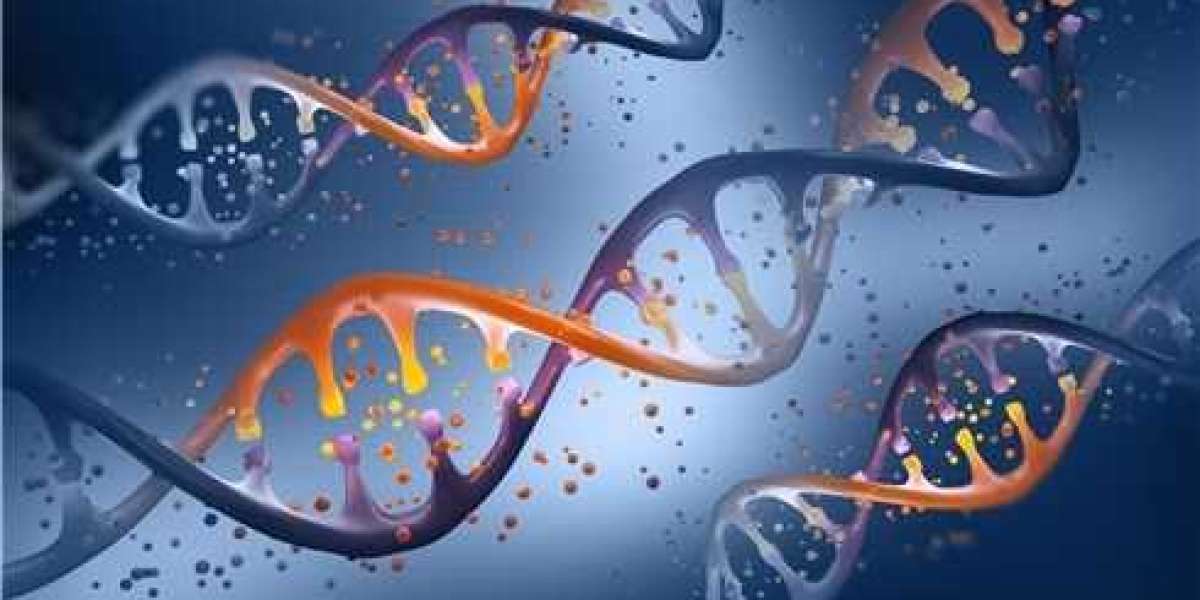Over the past few decades, both pharmaceutical companies and academic institutions have invested significant resources into improving the practicality and accuracy of in vitro screening technologies. These methods assess the biological activity and physicochemical properties of compounds. Despite this progress, the evaluation of potential drug candidates in animal models remains essential.
Regulatory agencies such as the FDA and NMPA require that the efficacy and safety of drugs be thoroughly assessed in animals before they can enter clinical trials. Animals, whether they are rats, dogs, monkeys, or humans, represent complex biological systems. Currently, no in vitro screening method or combination of methods can fully replicate the complexity of an entire organism. As a result, animal models are indispensable for evaluating how candidate drugs affect human biology and disease processes.
Classification of Tumor Animal Models
Mouse Xenograft Tumor Models
The most commonly used tumor models are mouse xenografts, which utilize specific immunodeficient or severely immunodeficient mice such as SCID, NSG, and B-NDG mice. These mice lack the ability to mount an immune response against foreign cells, making them suitable for cancer research.
CDX (Cell-line-derived Xenograft) model: This model uses standardized cancer cell lines, which are easy to obtain but cannot fully represent the complexity of the original clinical tumor.
PDX (Patient-derived Xenograft) model: In this model, tumor tissues or cells from patients are used, retaining characteristics of clinical tumors and offering a more accurate reflection of human disease.
Since most antibody drugs work by leveraging the immune system to kill tumors, reconstituting an animal model with a human immune system (including DC, B, T, and NK cells) is necessary for evaluating their efficacy.
Mouse Allograft Tumor Models
A limitation of xenograft models is that using immunodeficient mice can lead to immune system rejection due to cross-species transplantation. In contrast, allograft models use mice with intact immune systems, allowing for a more realistic study of cancer dynamics. However, this model requires mouse tumor cell lines for study. The presence of a fully functional immune system makes allograft models more suitable for simulating cancer's real-world behavior.
Wild-type mouse allotransplantation model: Primarily used in the pharmacological study of surrogate antibodies.
Genetically modified/humanized mouse model: Designed for studying humanized antibodies in a mouse with a human-like immune system.
Biomarker Research in Antibody Drugs Using Genetically Humanized Mice
The cornerstone of pharmacodynamics (PD) and pharmacokinetics (PK) evaluation is the identification of suitable biomarkers.
Target biomarkers: Indicators directly related to the therapeutic target.
Mechanism biomarkers: Reflect the changes within the tumor microenvironment, including:
Shifts in the number, location, and activation/dysfunction status of immune cells.
Variations in tumor cell count and condition.
Toxicity biomarkers: Indicators that help assess potential side effects or toxicity of the drug.
The pharmacokinetics of antibody drugs in genetically humanized mice differ significantly from those of small molecule drugs. Key factors influencing antibody pharmacokinetics include:
Fcγ receptor interactions
FcRn recycling
Absorption and metabolism
Immunogenicity
Target-mediated drug disposition (TMDD)
By using these models, researchers can better understand the behavior of antibody drugs and their interactions within the body, driving advancements in drug development and precision medicine.








